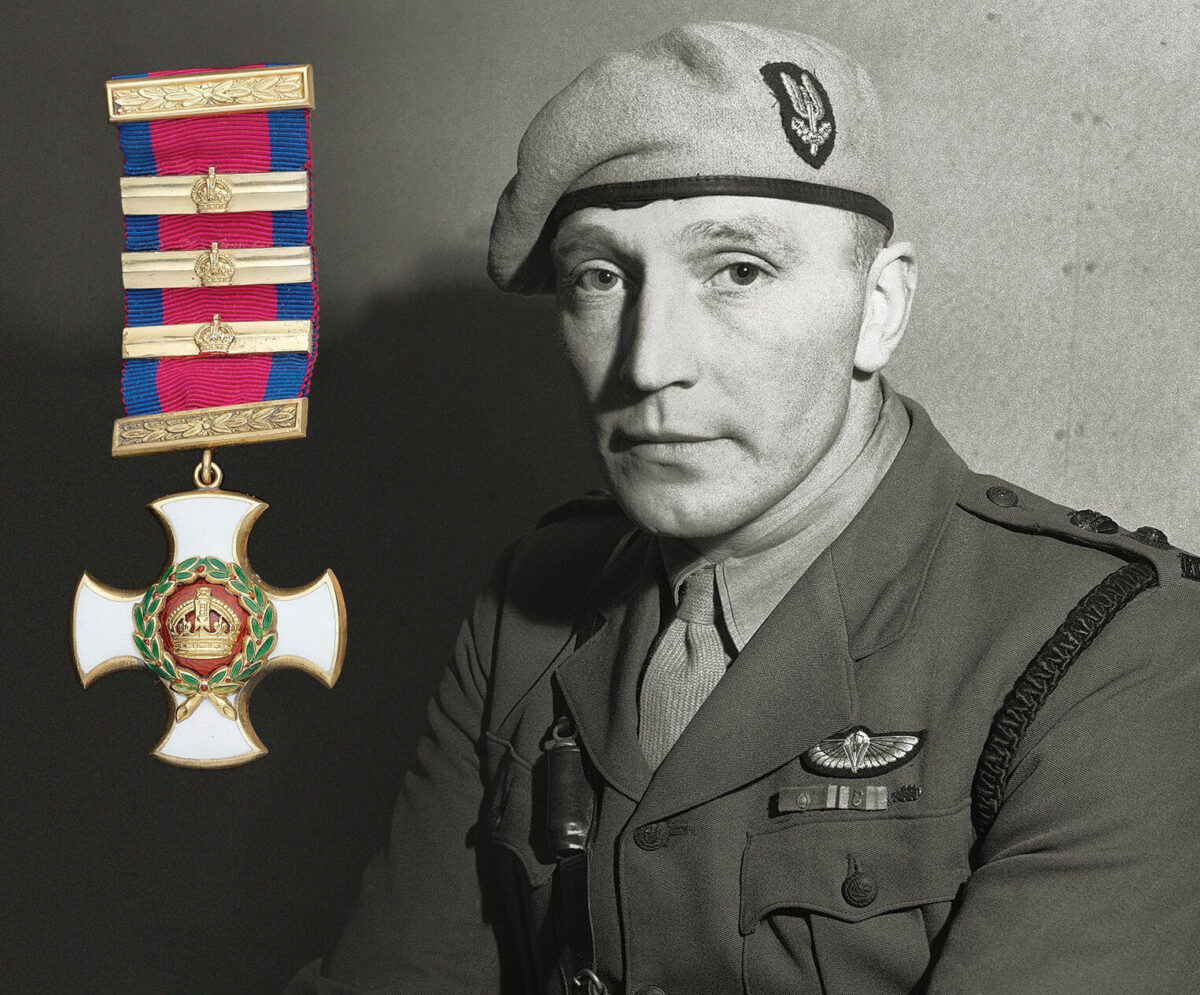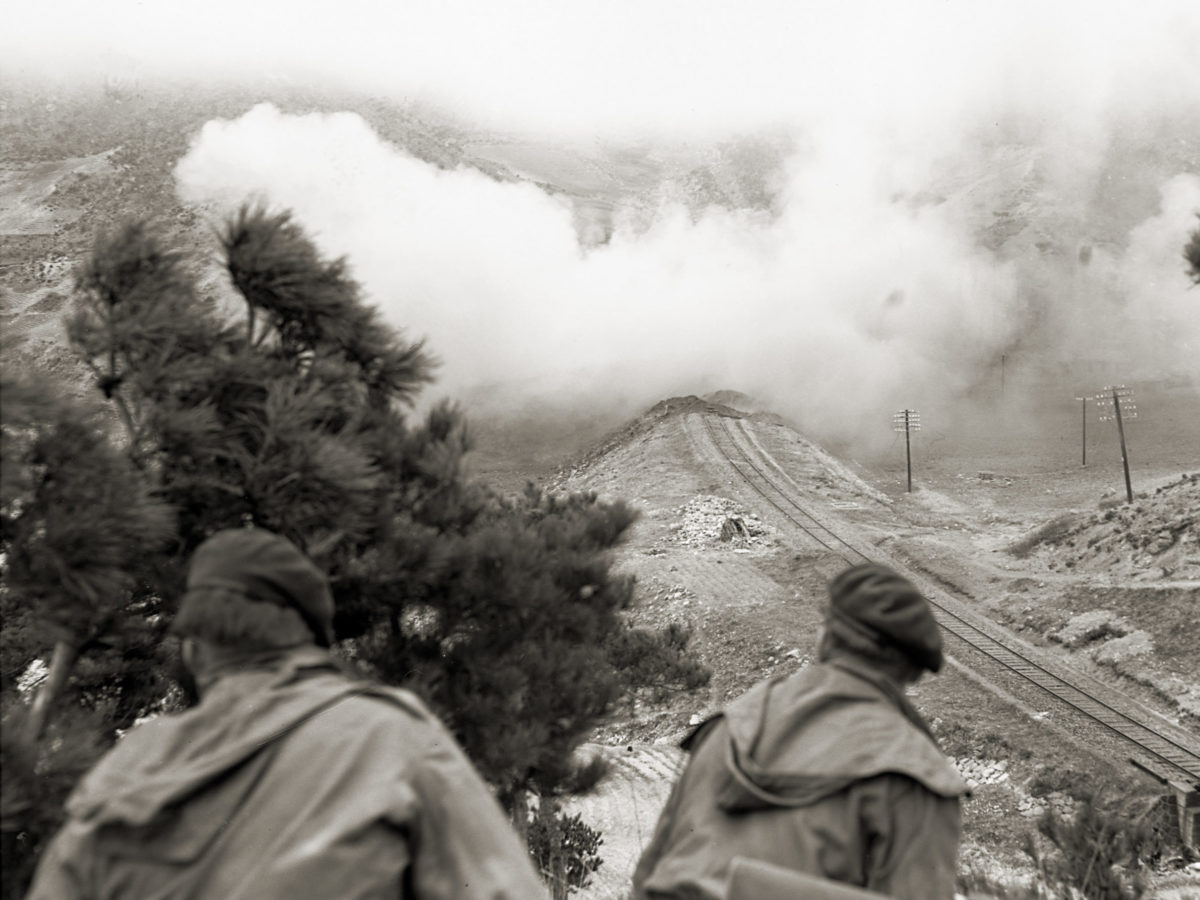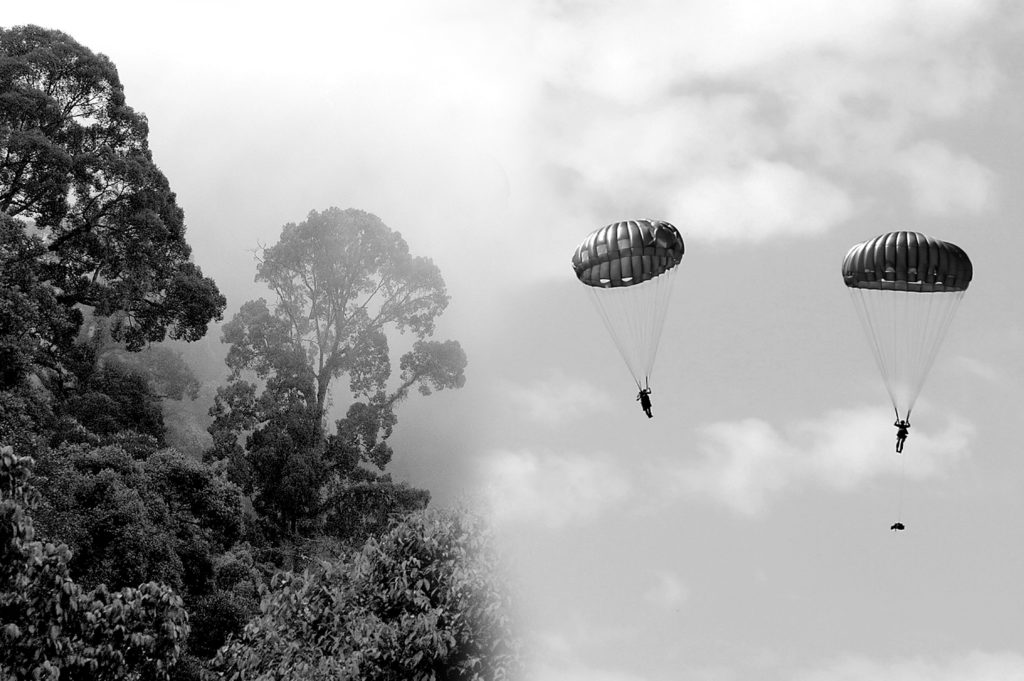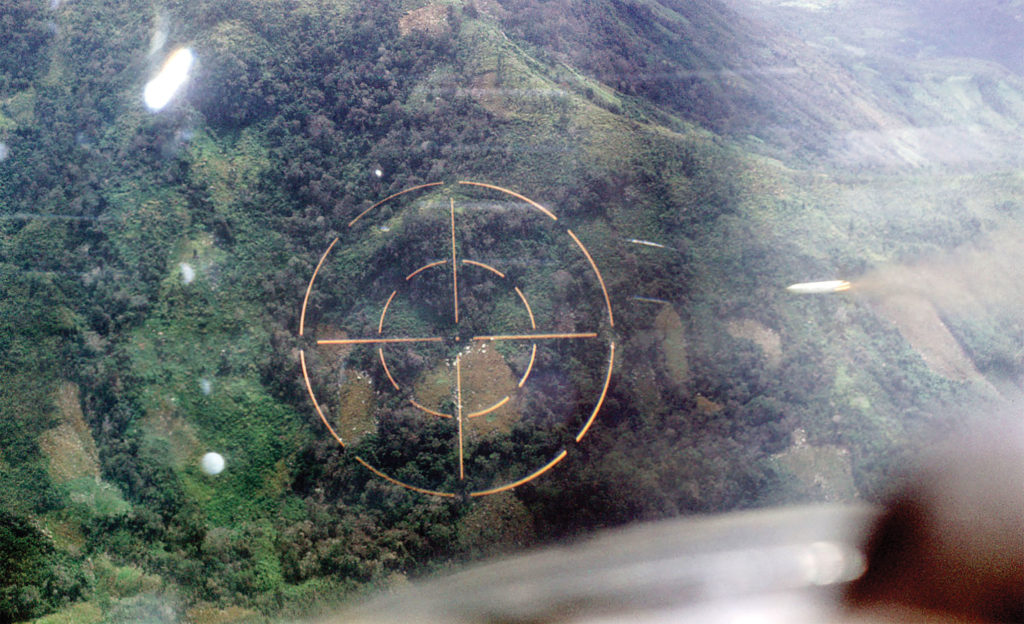A born fighter who thrived in the eye of the storm, Robert Blair Mayne was known to fellow soldiers as “Paddy.” Born Jan. 11, 1915, in Newtownards, County Down, Northern Ireland, to a large Protestant family, Mayne was a quiet young man with literary ambitions who studied law at Queen’s University in Belfast. Few would have expected him to become a founding member of Britain’s elite Special Air Service (SAS).
Early Career
Early in life Mayne distinguished himself as a sportsman and troublemaker. Standing 6 foot 3 and weighing 240 pounds, he was an exceptional athlete. As a boxer he became Irish Universities Heavyweight Champion in 1936. An outstanding rugby player, he won six international caps for Ireland from 1937–38 and toured South Africa in 1938 with the British Lions. Mellow among friends, Mayne was prone to violent outbursts under the influence of alcohol.
Just 24 at the outset of World War II, Mayne joined the Royal Ulster Rifles in 1940 and later volunteered for No. 11 (Scottish) Commando. He was mentioned in dispatches in 1941 for his actions during the Litani River raid in Lebanon that June. A month later he was recruited to join the newly formed “L” Detachment, Special Service Brigade, by the unconventional aristocrat-soldier David Stirling.
Recommended for you
Mayne received the Distinguished Service Order for a Dec. 14, 1941, raid behind enemy lines in Libya on Wadi Tamet airfield. After gunning down enemy airmen socializing in an officers’ mess, he and his team destroyed 14 planes and damaged 10 others. While serving in North Africa he was credited with personally destroying some 100 enemy aircraft on the ground—47 on a single occasion.
“Disregard for Danger”
Promoted to major in 1942, Mayne received a bar to his DSO for destroying coastal batteries at Capo Murro di Porco and capturing the town of Augusta, Sicily, in July 1943. His citation credited him with “courage, determination and superb leadership.”
As commander of the newly formed 1st SAS Regiment, Mayne spearheaded raids in France, the Netherlands, Belgium, Norway and Germany. Promoted to lieutenant colonel in 1944, he received a second bar to his DSO that summer for his leadership in covert operations, penetrating German lines “on four occasions in order to lead parties of reinforcements,” his citation read, with “utter disregard for danger.”
“People think I’m a big, mad Irishman. But I’m not,” Mayne once told a comrade. “I calculate the risks for and against and then have a go.”
Mayne received a third bar to his DSO for heroism in Germany in 1945. On April 9 he rescued men pinned down by a German force near Oldenburg. In a death-defying feat, Mayne drove his jeep up and down a road within firing range of German troops as his gunner riddled the enemy with machine gun bullets. Over the next few days Mayne beat back enemy forces.
He was recommended for the Victoria Cross in a commendation personally signed by Field Marshal Bernard Montgomery. However, the award was denied him for reasons that remain debatable. He later received the French Legion d’honneur and Croix de guerre.
Gone Too Soon
Left with physical and emotional scars, Mayne had difficulty adjusting to postwar civilian life. Debilitating back injuries made it impossible for him to lead the active lifestyle he craved. Working as a solicitor and struggling with post-traumatic stress disorder, he had difficulty sleeping and was prone to outbursts, according to family. Mayne drowned his troubles with bouts of heavy drinking.
The Earth proved too small to contain his forceful spirit. Speeding home after a night out drinking with a friend, 40-year-old “Paddy” Mayne was killed when his roadster struck a parked truck and collided with a telegraph pole at 4 a.m. on Dec. 14, 1955. He is buried at Movilla Cemetery in his hometown of Newtownards.
This article appeared in the September 2021 issue of Military History magazine.








